Is Oppo Intentionally Trying To Ruin OnePlus?
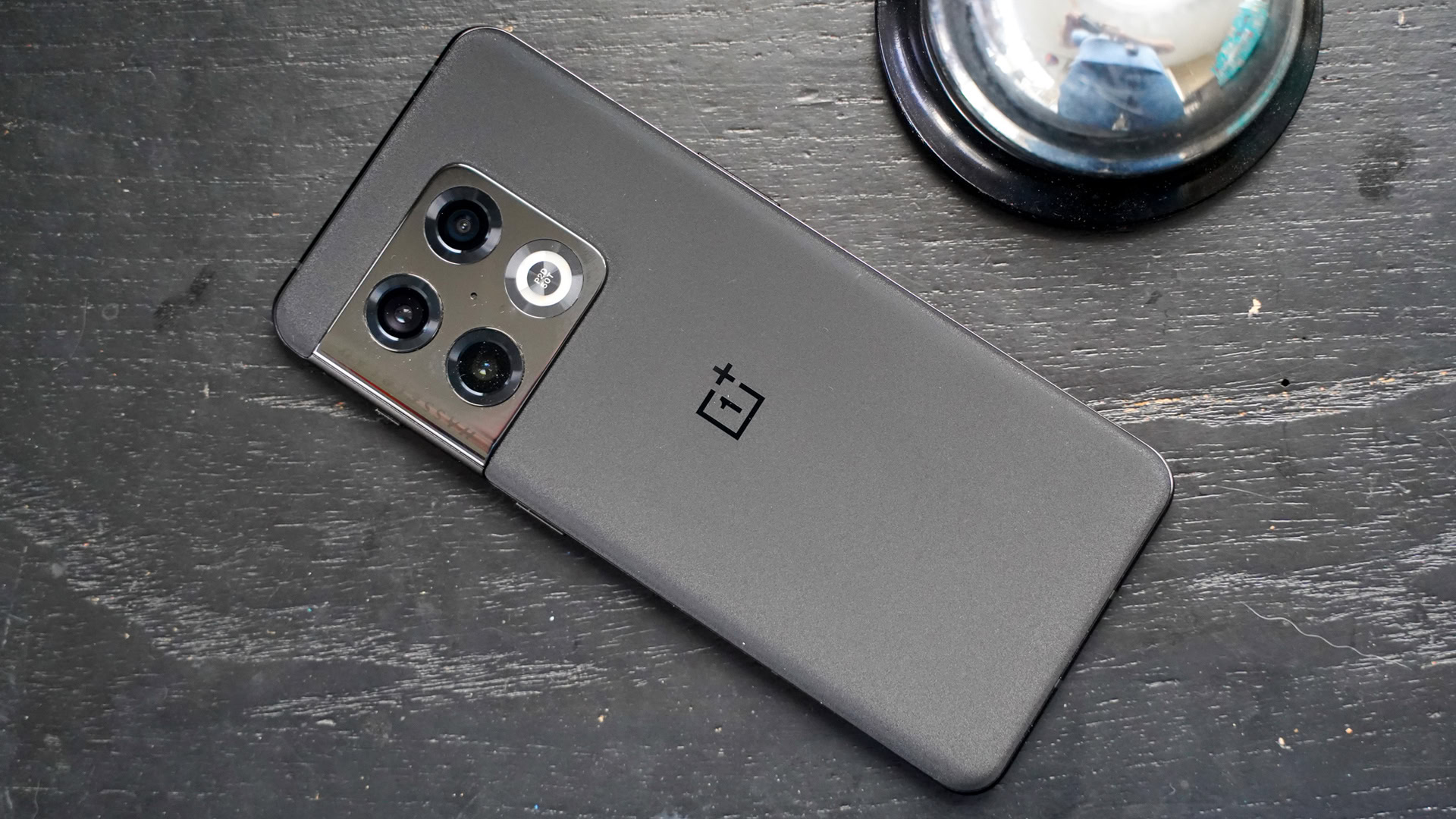
Eric Zeman / Android Authority
OnePlus was once a fan-favorite brand, but it's changed a lot over the past few years. These changes were largely the result of the merger between Oppo and OnePlus, with Oppo effectively using its power and influence in the deal.
There are definitely fans who believe that Oppo ruined OnePlus. But is Oppo intentionally trying to undermine OnePlus? Or are these changes the result of not knowing how to deal with a brand's little brother?
Do you think Oppo is intentionally trying to annoy OnePlus?
1257 votes
Before the OnePlus merger
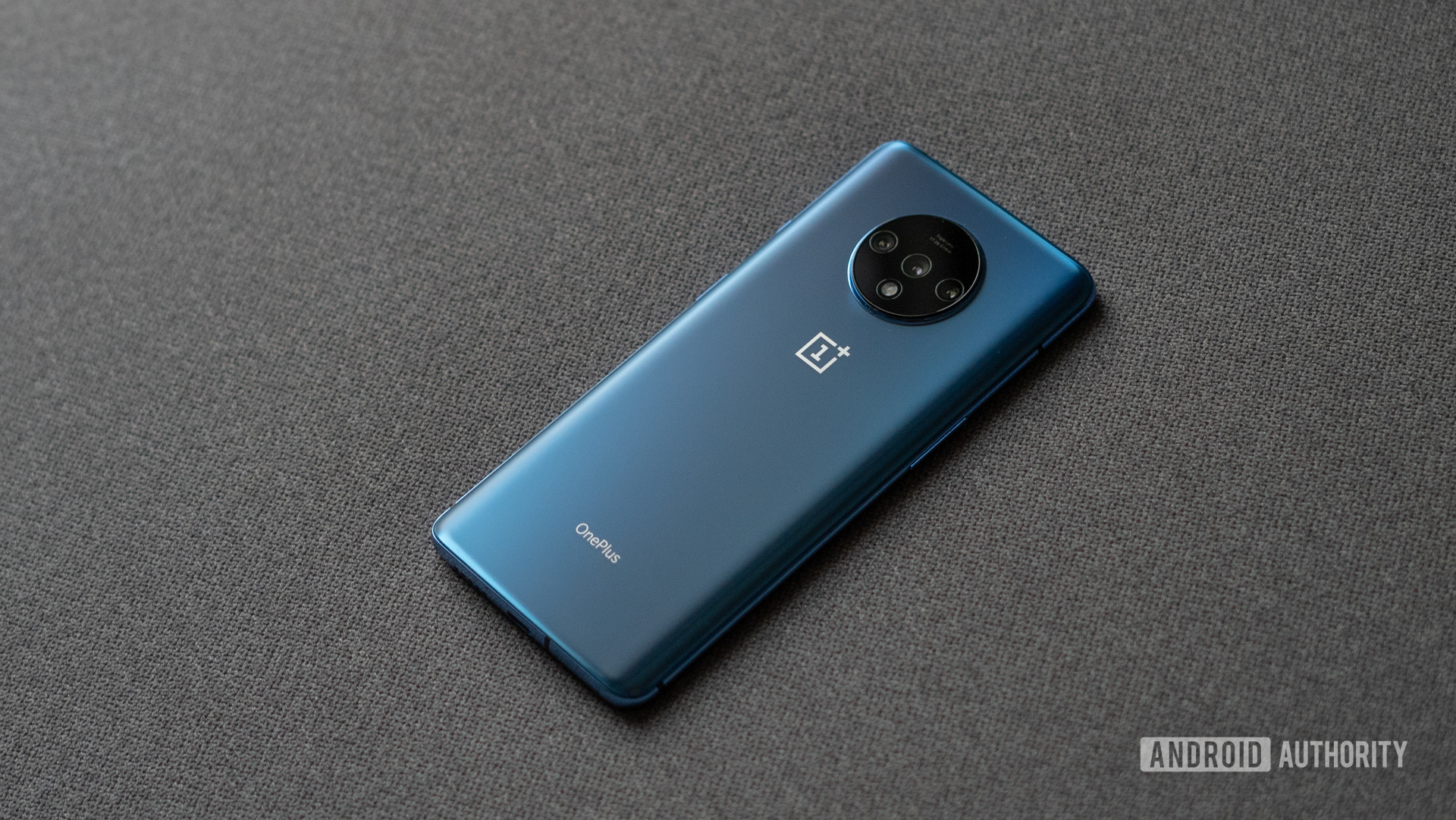
Dhruv Bhutani / Android Authority.
Before merging with Oppo, Oppo was far from a perfect smartphone brand. Of course, the company's relationship with Oppo has always been clear thanks to the many similarities between the devices. But thanks to some business and production decisions, it presented a different identity.
The company made its mark in 2013 with the OnePlus One, which set several benchmarks for subsequent OnePlus phones. You get a flagship device at an affordable and competitive price, unique accessories and an intuitive alarm clock, a clean developer view and a clean version of Android (first with Cyan OS and then with Oxygen OS).
OnePlus first made a name for itself with affordable, developer-friendly products and sophisticated software.
Finally, OnePlus became the first major player in India in the first quarter of 2018 and held this title continuously until 2021. It also had a small but vocal following in America and was the only BBK brand in the market. In 2018, he achieved this feat by receiving support from American airlines, nothing.
This popularity with fans has led to closer scrutiny of the brand. In last year's price hikes, the 2019 OnePlus 7T and 7T Pro started at $600 and $830, respectively, while the 2020 OnePlus 8 series went up to $699 and $899, respectively. OnePlus has also faced other controversies such as: B. long hesitation in introducing IP standards. , telephoto claims and reference fraud. The company has started to make it harder for tankers by requiring people to fill out a form when they want to open an OEM container.
How Oppo changed OnePlus
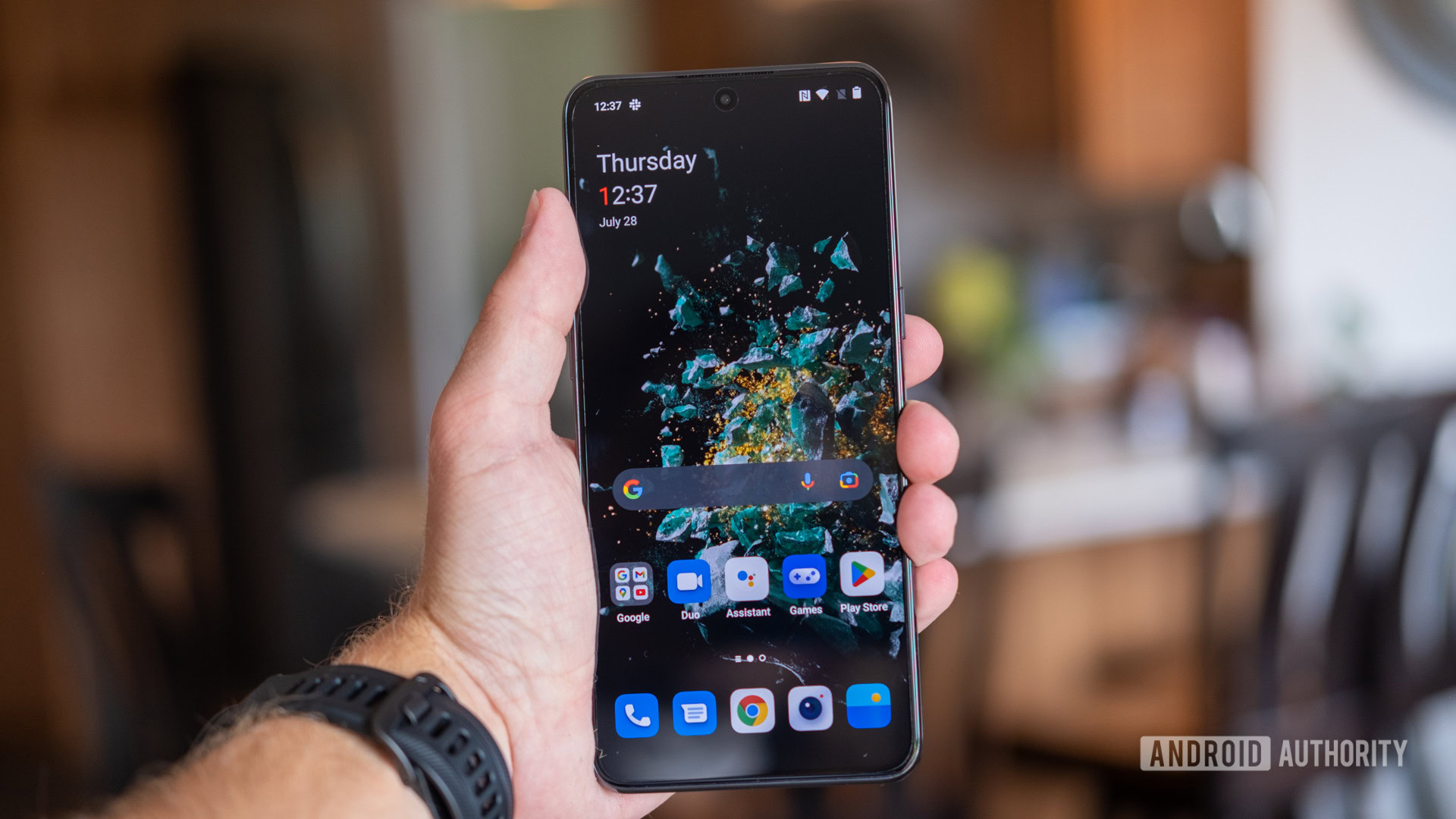
Ryan Haines/Android Authority
OnePlus made some big changes in 2020 with the release of a flagship budget phone and the controversial Oxygen OS 11 update for Oppo's Color OS 11. Shortly after, the two companies announced that they would merge their research and development departments in January 2021. Then, in June 2021, OnePlus partnered with Oppo.
According to co-founder Pete Lau, the integration will allow for faster, more stable software updates and access to additional resources. OnePlus expressed concern about what will differentiate it from Oppo in the future, telling Android Authority , "We have a group of tech-savvy users, so we will continue to customize the OnePlus experience to appeal to them from different Unfortunately, many of the choices made since the merger seemed to throw away everything that made Oppo special.
From the stream of budget phones to the removal of the notification slider, Oppo has made a lot of changes to the OnePlus.
Perhaps the biggest change is the removal of the branded notifications slider on many OnePlus phones, including the flagship OnePlus 10T. OnePlus also unveiled the Oxygen OS 13 update, which brings Color OS 13 with some OnePlus-specific changes. The company also decided to launch the OnePlus 10 Pro in China two months ahead of international markets, then repeated the initial launch in China with the OnePlus 11 (albeit a month apart). This represents a major departure from the brand's previous global vision. Although OnePlus signed an agreement with the camera company before the merger, Oppo has adopted the Hasselblad brand for its flagship Find series.
Oppo's OnePlus has continued to distance itself from its developer audience. As XDA-Developers reports, OnePlus hasn't released kernel sources for the devices or at all. It also appears to have killed the bug bounty program, among other complaints.
Calculated bet or voluntary scam?
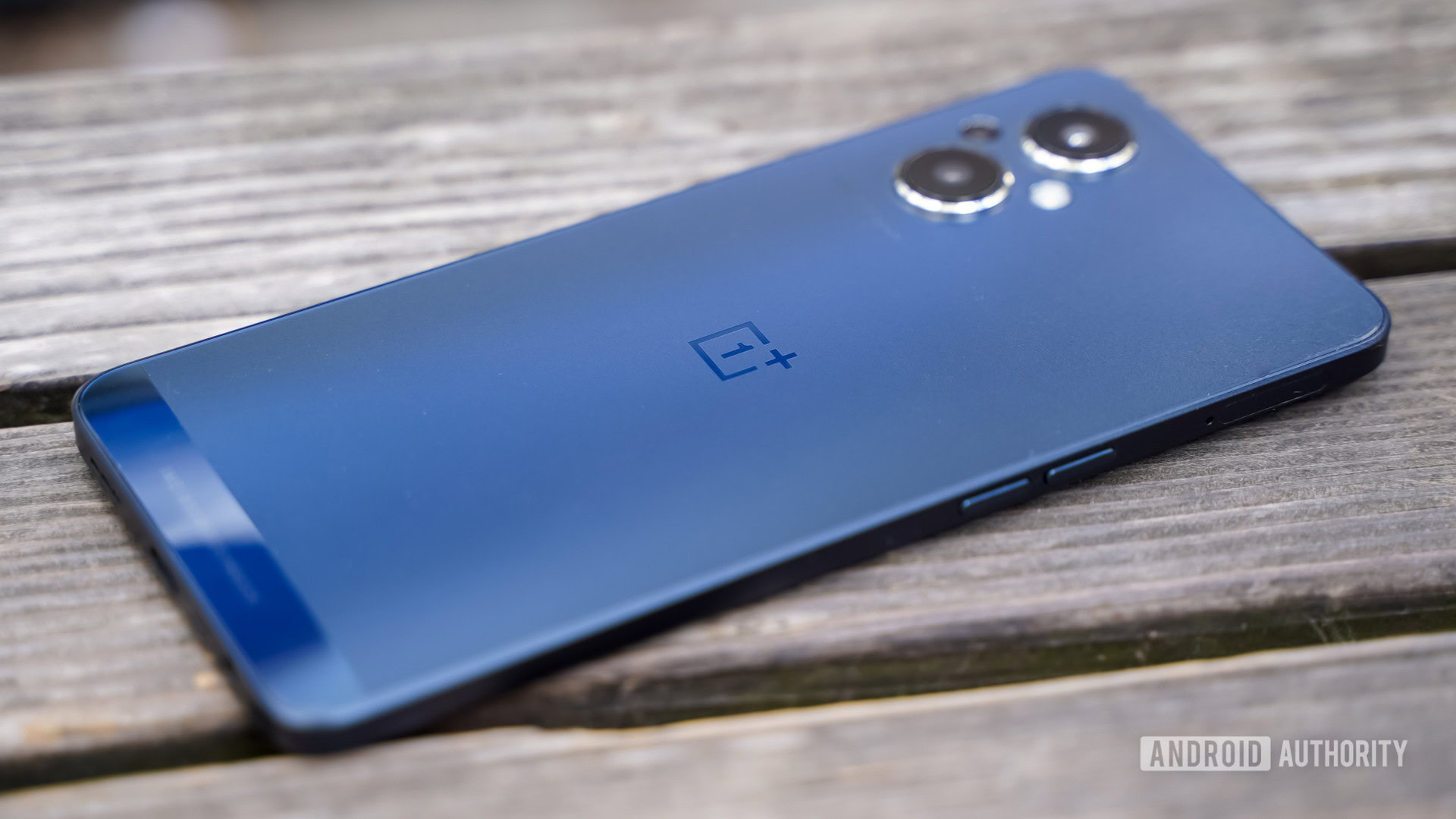
Eric Zeman / Android Authority
It's incredibly easy to say that Oppo is going broke trying to maintain its image at all costs. But some decisions seem logical.
On the one hand, the occasional flooding of the market with OnePlus Nord devices derived from Oppo models can dilute the brand a bit. But it seems to be part of a calculated attempt to gain market share. Finally, at the height of its pre-Opo integration success, OnePlus struggled to crack the global top 5. As expected, North's fiscal strategy paid off as soon as the company briefly acquired Google in the US in the fourth quarter of 2021 and saw 524% year-over-year growth.
Most of Oppo's decisions regarding OnePlus seem logical, but in many cases it feels like a roll of the dice.
Flora Tang, senior analyst at Counterpoint, also gave some business reasons for OnePlus:
"For OnePlus phone sales, the economies of India and Western Europe, the largest markets, have faced headwinds over the past two years due to the spread of Covid, fluctuations in exchange rate, inflation and other geopolitical risks," he said. In response to Tang's answer, Android Authority. For questions by e-mail. "OnePlus releasing cheaper devices to increase market share seems wrong."
This reason suggests that many people today cannot run it on high-end phones. So, by taking the most convenient route, these consumers can stay loyal to the OnePlus brand.
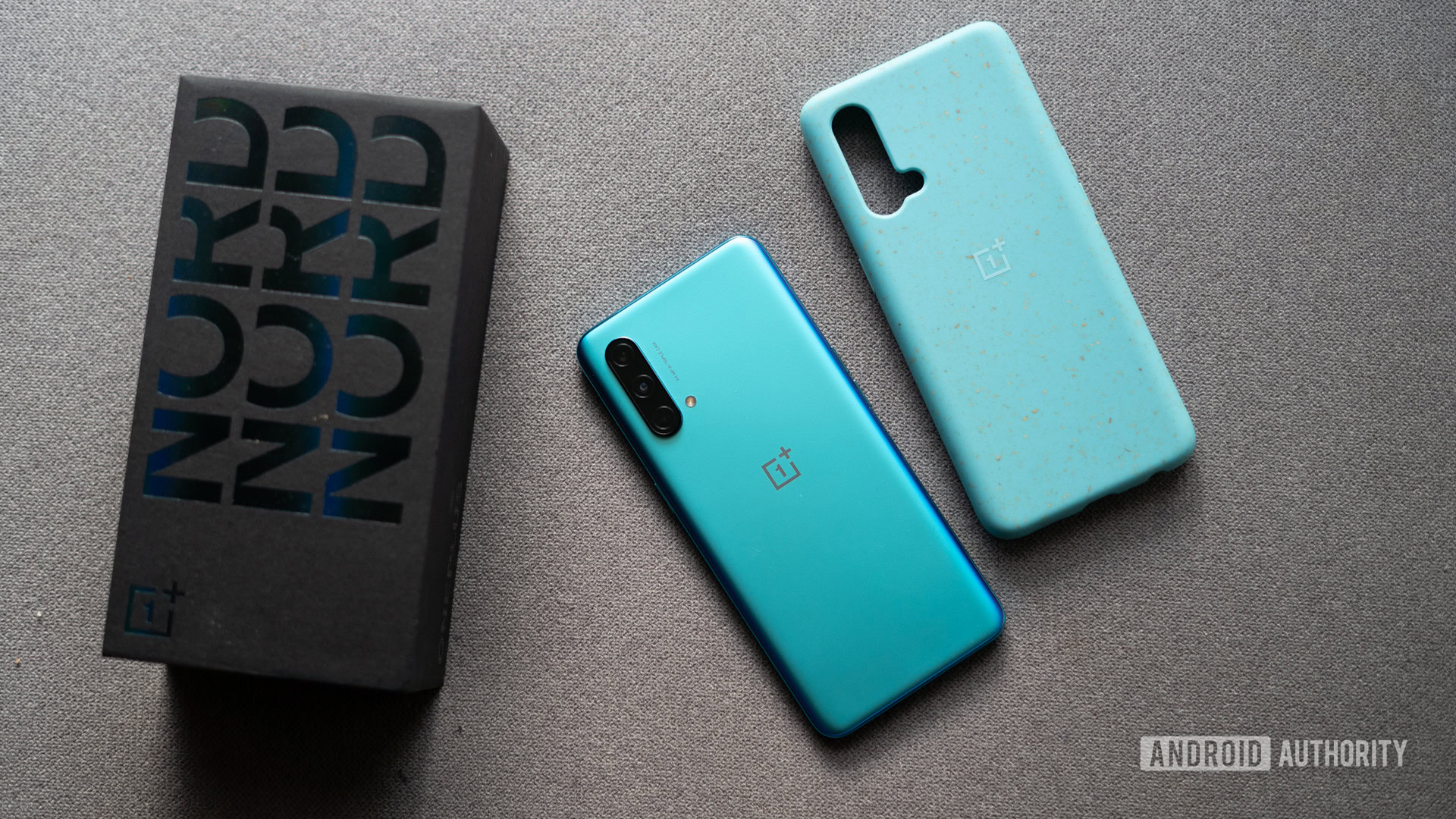
Dhruv Bhutani / Android Authority.
The decision to launch the flagship in China is strange at first glance, but once again seems to have a good reason. China is a big market for flagship phones, and success here could offset the brand's lackluster performance in global markets, giving the company more profits and more resources. An early launch in China would see OnePlus' flagships become part of the first wave of devices using Qualcomm's high-end silicon, giving the company PR points, albeit at the expense of users. global.
Tang pointed out that OnePlus aims to become the leader in the high-end Chinese market by 2020, adding that OnePlus and Oppo have extended their focus to China.
After the fall of Huawei in early 2021, Oppo and OnePlus are beginning to see the lucrative opportunity left to them by their big Chinese rivals. Oppo can capitalize on OnePlus' "premium" brand image in the premium segment, and OnePlus can rely on Oppo's channel resources to expand in China, which we believe is one of the reasons for brand merger.
"Although it will launch some products in China first, that doesn't mean overseas regions will be very important for OnePlus," the analyst said.
However, the omission of the warning cursor is more questionable. At the time, OnePlus took a page out of the 3.5mm jack book and said the slider took up a lot of internal space. The company says this newly released area will be used on the OnePlus 10T for faster charging, bigger battery, and improved signal. However, the sleek OnePlus 10 Pro is slightly narrower and thinner than the OnePlus 10T, while offering the same battery size, healthy wired charging speeds, and wireless charging. We assume that omitting the notification slider will make it easier for OnePlus to rename iPhone designs.
In fact, the Counterpoint analyst hints at the possibility of OnePlus and Oppo sharing more resources in the future.
We hope that OnePlus will gradually become the only brand of the Oppo group, like today's Iqoo for Vivo.
For those unaware, Iqoo is Vivo's performance-oriented sub-brand. Sub-brand phones lack flagship IP ratings and camera features. But other than that, you can expect more performance, higher resolution screens, super-fast loading, and a cheaper price.
Oppo does this on OnePlus to alienate its small but adoring audience.
But that doesn't mean OnePlus is hopeless right now. We've seen great Nord phones from around the world, Nord phones in the US are still preferred due to a lack of competition, and the OnePlus 10 Pro is still significantly cheaper than Oppo's flagships. But the OnePlus 10 Pro also looks like a step backwards for the product. In our OnePlus 10 Pro review, we complained about the wide-angle camera, poor low-light performance, inconsistent software, and the lack of an IP rating for unlocked devices.
Either way, it's clear that most of these moves above are bets that OnePlus can easily undercut. Oppo essentially gains mainstream appeal over OnePlus, at the cost of alienating a smaller but more enthusiastic audience.
What future for OnePlus and Oppo?
Between the similarities between Color OS and Oxygen OS, the OnePlus 11 feels more like an upgrade, and with a heavy focus on the Chinese market, it's hard to shake the feeling that the OnePlus 2023 isn't watered down by the Oppo. . Overall, OnePlus is the only phone with an Oppo-derived design, an Android skin on Color OS, and no alarm clock.
However, there are two encouraging signs for the company. A new leak suggests that the top-end OnePlus 11R could bring the brand's alarm pusher back to budget phones. The brand said it would join Samsung's commitment to a refresh, if only for a few flagships in 2023. But those are two small consolations in a year of real growth for OnePlus.
The big question is whether Oppo can pull one off in this blackjack game. Losing the enthralled audience without gaining mainstream acceptance in return would mean OnePlus would be a walking brand.
More OnePlus coverage : What we want to see from OnePlus in 2023

